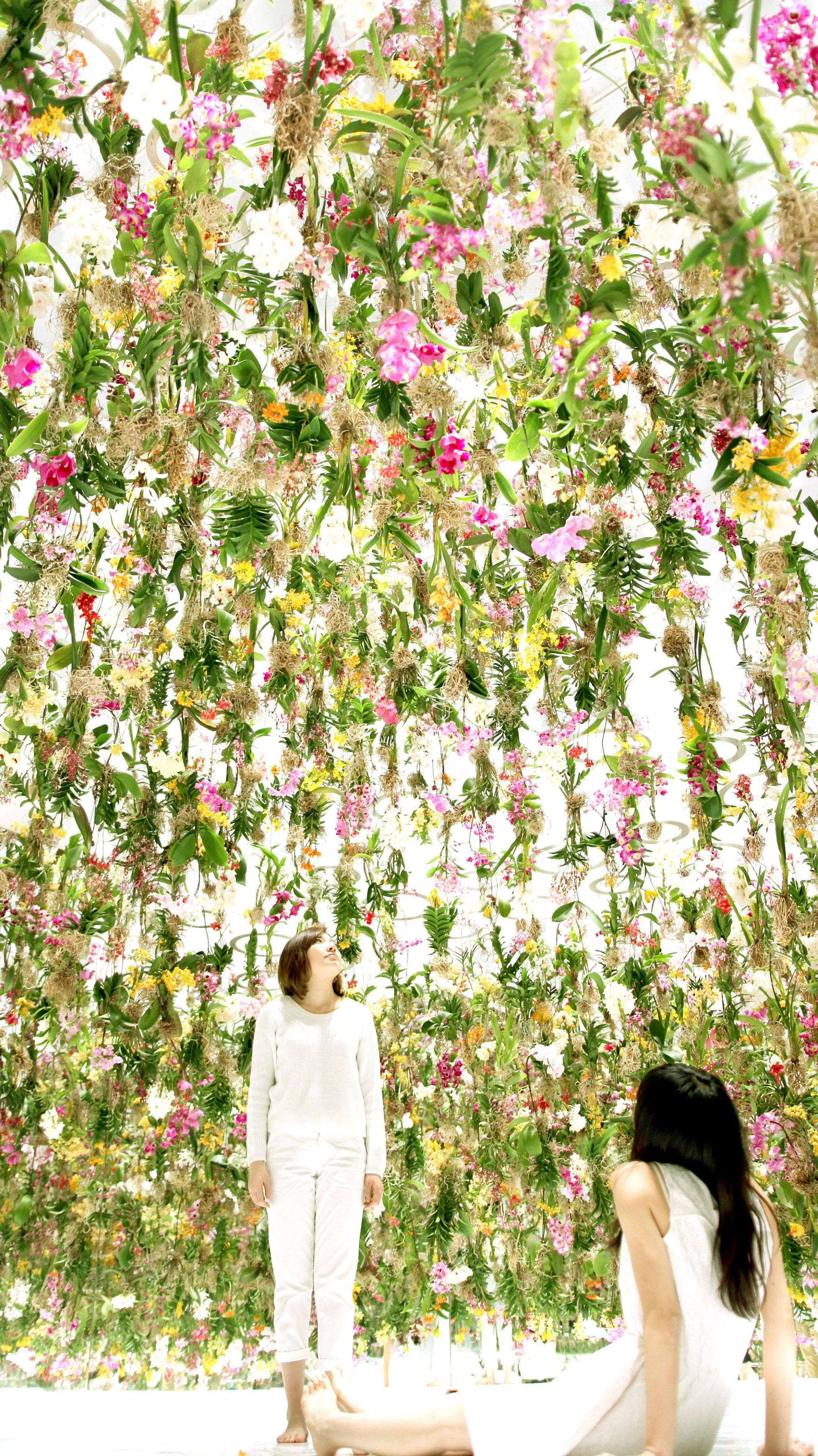Featured on Forbes , Dec 7, 2015
Maison&Objet Fall/Winter 2015: The Highlights
Maison&Objet Fall/Winter 2015: The HighlightsLast September, the international décor and design community came out in full force to discover the creative world’s latest brands and products at the biannual Maison&Objet furniture and home decoration fair in Paris, which has firmly established itself as a vital global hub and a showcase of the trends and innovations of tomorrow in public and private refurbishment. The trade show saw 3,318 exhibitors and over 69,000 visitors (half of them coming from abroad, who were responsible for about 80 per cent of the event’s transactions) gather in the eight halls of the Paris Nord Villepinte exhibition center. Boosted by the appeal of the French capital, Maison&Objet offers a unique association between furniture and accessories, both traditional and contemporary, and remains the only event to represent interior design in all its forms of expression, from arts and crafts and furniture to soft furnishings and tableware. In parallel to the fair, Paris Design Week continued to grow, boosted by 50 new participants, with 300 participants overall. Held in iconic locations in five creative districts across the city, the event allowed global audiences to discover the fall/winter season’s latest news, with talks by well-known designers, leading-edge installations, parties, presentations of new collections and the key exhibition, now! le Off, at Les Docks – Cité de la Mode et du Design, which attracted 12,000 visitors. We reveal the most outstanding exhibitions and products seen at this latest edition.The HighlightsFloating Flower Garden Installation by teamLabJapanese techno-artists teamLab crafted a dreamlike, interactive suspended Garden of Eden at the entrance of Hall 7 of Maison&Objet, which invited visitors on a sensorial, visual and olfactory promenade, where they wandered amidst thousands of upside-down levitating and perfumed orchids, anchored overhead by their roots. Viewers became one with nature, as the living flowers floated up and down according to people’s movements in the space, rising as they approached to create a dome with the spectator always at the center.Salon de Perception by Curiosity at AD Intérieurs 2015As part of AD Intérieurs 2015, Architectural Digest’s exhibition showcasing modern-day lifestyles, where 15 creatives were invited to invent the interiors of tomorrow, Gwenael Nicolas of Curiosity presented an intimate salon that on first glance resembled a field of standing rocks or abstract sculptures, which then metamorphosed into a functional sofa, console and low table. Vertical, the monoliths appeared as blocks of white granite under a cool, sharp light; horizontal, they turned into furniture embraced by a soft, warm glow. Each object was custom-made for the show, including unique light fixtures by Flos and Barbara Balestreri Lighting Design that could disappear into the ceiling on request, surfaces composed of materials such as resin, bronze, limestone and glass, sofa fabric interlaced with silk, washi paper and silver leaves, textured exploding ink carpeting and walls made from thin-slit strands of handmade paper woven with sheer cloth.




